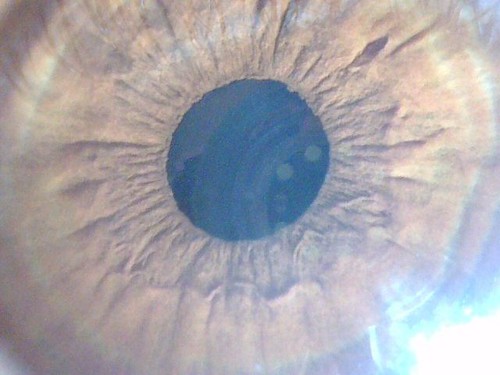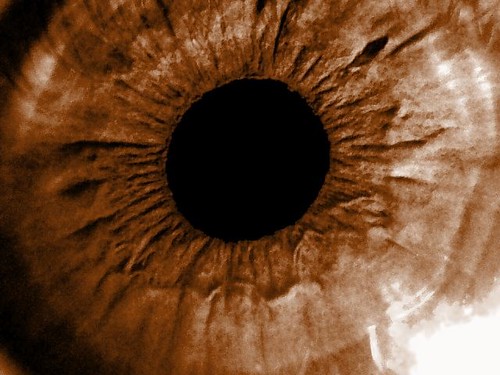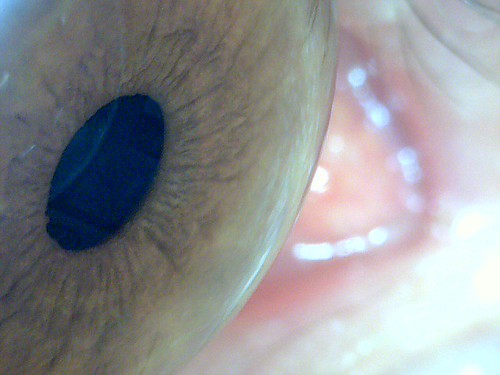I did some reading on how nutritional labels are done, it’s pretty interesting.
The Elements of Food
Let’s start out with the elements that make up food. No, I don’t mean carbon and such, I mean Fat, Protein, and Carbohydrates. Like the Greek idea of the 4 elements, those 3 elements are what are mainly considered for the labeling of food. There are other minor things, like vitamins, but Fat, Protein, and Carbohydrates are the big 3.
Presence by Subtraction
So when a food is analyzed in the lab, they usually determine chemically the fat and protein content. Anything left over is considered carbohydrates.
Probable Calories
Kilocalories (as they are referred to in the lab, or Calories, on packaging) are usually calculated by approximation. This means rather than measure the specific caloric content of a food, the previous data about Fat, Protein, and Carbohydrates (which was calculated by subtraction) is used. Take the protein and carbs and multiply them by 4, and take the fat and multiply it by 9. Add that up and you have your total Calories.
4*carbs + 4*protein + 9*fat = Calories.
A few months ago I made a simple JavaScript calculator to play with those numbers.
Round it Off
Numbers on the label are usually rounded, for ease-of-use.
Foods under 50 calories are rounded to the nearest 5-calorie increment, foods over 50 calories are rounded to the nearest 10-calorie increment.
For other nutritional info, it is usually rounded to the nearest whole number. Values under .5 can be shown as 0, and values between .5 and 1 can be shown as “<1”.
This is interesting because by rounding, a package with .49 grams of fat per serving and 10 servings would have 4.9 grams of fat in the package, even though the fat is listed as 0 on the label.
I’m not clear on if rounding occurs before or after calories are calculated, if it is before, than that package would contain 44.1 more calories than that shown on the label, since the fat was rounded off.
Some interesting information, anyway.
Oh, and if alcoholic products were labeled (which, sadly, they aren’t) in addition to Fat, Protein, and Carbohydrates, Alcohol would be included in caloric calculations, which is 7 Calories per gram.





